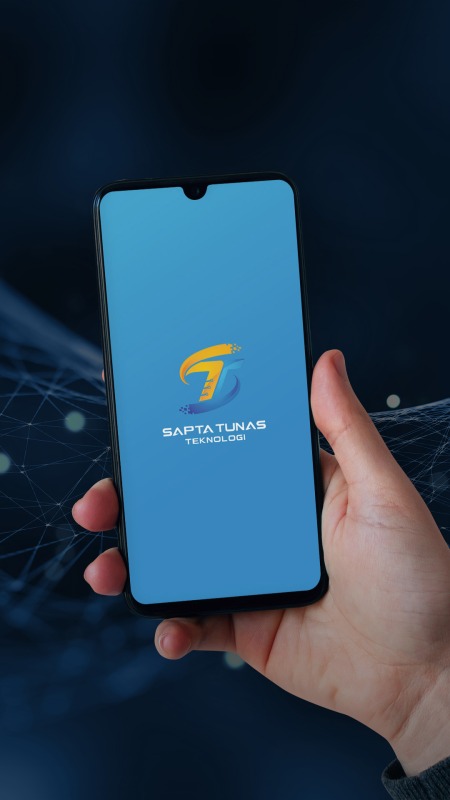Solution
Digital Transformation

Digital transformation refers to the process of integrating digital technologies into all aspects of an organization’s operations, including its business models, processes, and culture. It involves leveraging the latest digital technologies to optimize business performance, improve efficiency, and enhance customer experiences.
Digital transformation is a fundamental shift in the way organizations operate, requiring a change in processes, systems, and culture. It involves reimagining the way businesses interact with customers, employees, and stakeholders, and using data and technology to improve decision-making and stay competitive in a rapidly changing market.
The goal of digital transformation is to enable organizations to adapt quickly to changing market conditions and customer demands, create new business models, and improve the overall performance of the business. To achieve this, organizations must invest in new technologies, upskill their employees, and embrace a culture of innovation and change.
There are several areas which STT can support organizations to enhance Digital Transformation journey:
- Internet of Things
- Business Intelligence
- Digital Workspace
- Mobile Apps
- Seat Management


Internet of Things
The Internet of Things (IoT) refers to the network of physical objects or devices that are embedded with sensors, software, and connectivity, enabling them to connect and exchange data with other devices and systems over the internet. These devices can include anything from smartphones, home appliances, and wearables to industrial machines, vehicles, and infrastructure.
IoT devices use a variety of communication technologies, including Wi-Fi, Bluetooth, and cellular networks, to transmit data to other devices and systems. This data can be used to monitor and control the devices, automate processes, and provide valuable insights for decision-making.


Digital Workspace
A digital workspace is a virtual environment where employees can access the tools and resources they need to perform their work. It is a unified platform that provides a seamless and secure experience across multiple devices, applications, and locations. A digital workspace typically includes features such as email, instant messaging, file sharing, project management tools, and virtual meetings.
The concept of a digital workspace has become increasingly important in recent years as more companies have adopted remote and flexible work arrangements. A digital workspace enables employees to work from anywhere, at any time, and on any device, without compromising productivity, security, or user experience. It also allows companies to streamline their IT infrastructure, reduce costs, and increase agility.
Key components of a unified, secure collaborative workspace include:
- App and desktop virtualization that gives employees easy remote access to day-to-day resources from outside the office
- File sharing and content collaboration tools that let teams create, edit, and review content from any device while giving IT teams greater control.
- Enhanced security when browsing the web and accessing Software as a Service (SaaS) apps.
- Unified Endpoint Management that brings all personal laptops, corporate PCS, smartphones, tablets, and more into one central management console.
- Single sign-on (SSO) for fast, secure access to all apps employees need for the day
- Automated workflows
Mobile Apps
Mobile apps can serve a variety of purposes, such as providing entertainment, facilitating communication, or offering productivity tools. They can be designed for a specific platform, such as iOS or Android, or be cross-platform compatible. Mobile apps can also be native, meaning they are built specifically for a particular mobile operating system, or web-based, meaning they run in a mobile web browser.

Enterprises need mobile apps for a variety of reasons, including:
Mobile apps provide an additional channel for enterprises to engage with their customers, allowing them to provide better and more personalized services.
Mobile apps can streamline business processes and increase efficiency, enabling employees to access important information and complete tasks on the go.
Mobile apps can help enterprises build and reinforce their brand by providing a seamless and consistent user experience across multiple platforms.
Mobile apps can be monetized through in-app purchases, subscriptions, or advertising, providing a new source of revenue for enterprises.
Mobile apps can provide valuable data on customer behavior, preferences, and trends, enabling enterprises to make more informed decisions and improve their products and services.
Overall, mobile apps have become an essential tool for enterprises to stay competitive and meet the needs of their customers in an increasingly mobile-centric world.
Seat Management
Seat management is a centralized approach to managing an organization IT resources, such as hardware, software, and services, across its user base. The goal of seat management is to provide a consistent and standardized IT environment for all users, while reducing the cost and complexity of managing IT resources.

Seat management typically involves the following activities:
-
Asset management
Tracking and managing IT assets, such as computers, printers, and software licenses. -
Configuration management
Tracking and managing IT assets, such as computers, printers, and software licensesEnsuring that IT resources are configured and maintained according to established standards and policies. -
Help desk and support
Providing end-user support for IT issues, such as software installation, hardware troubleshooting, and connectivity problems. -
Security management
Implementing and managing security measures, such as access control, antivirus software, and firewalls. -
Software distribution
Managing the distribution and licensing of software applications to end-users.
By centralizing the management of IT resources, seat management can help organizations achieve greater efficiency, cost savings, and improved user satisfaction. It can also help ensure compliance with industry regulations and security best practices.